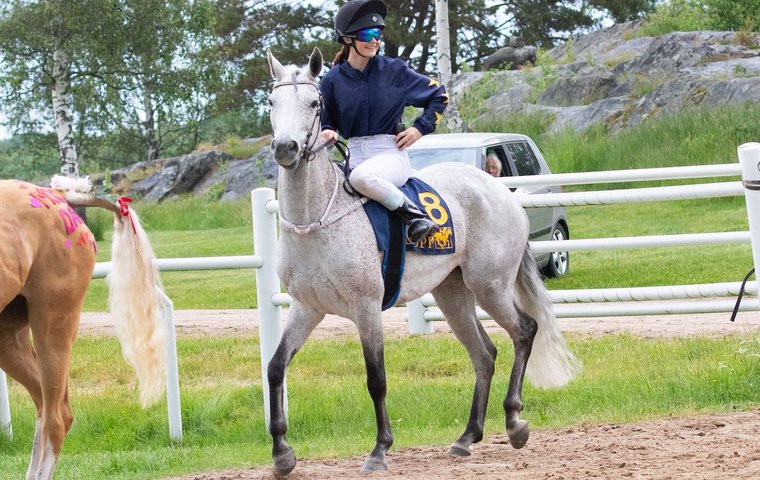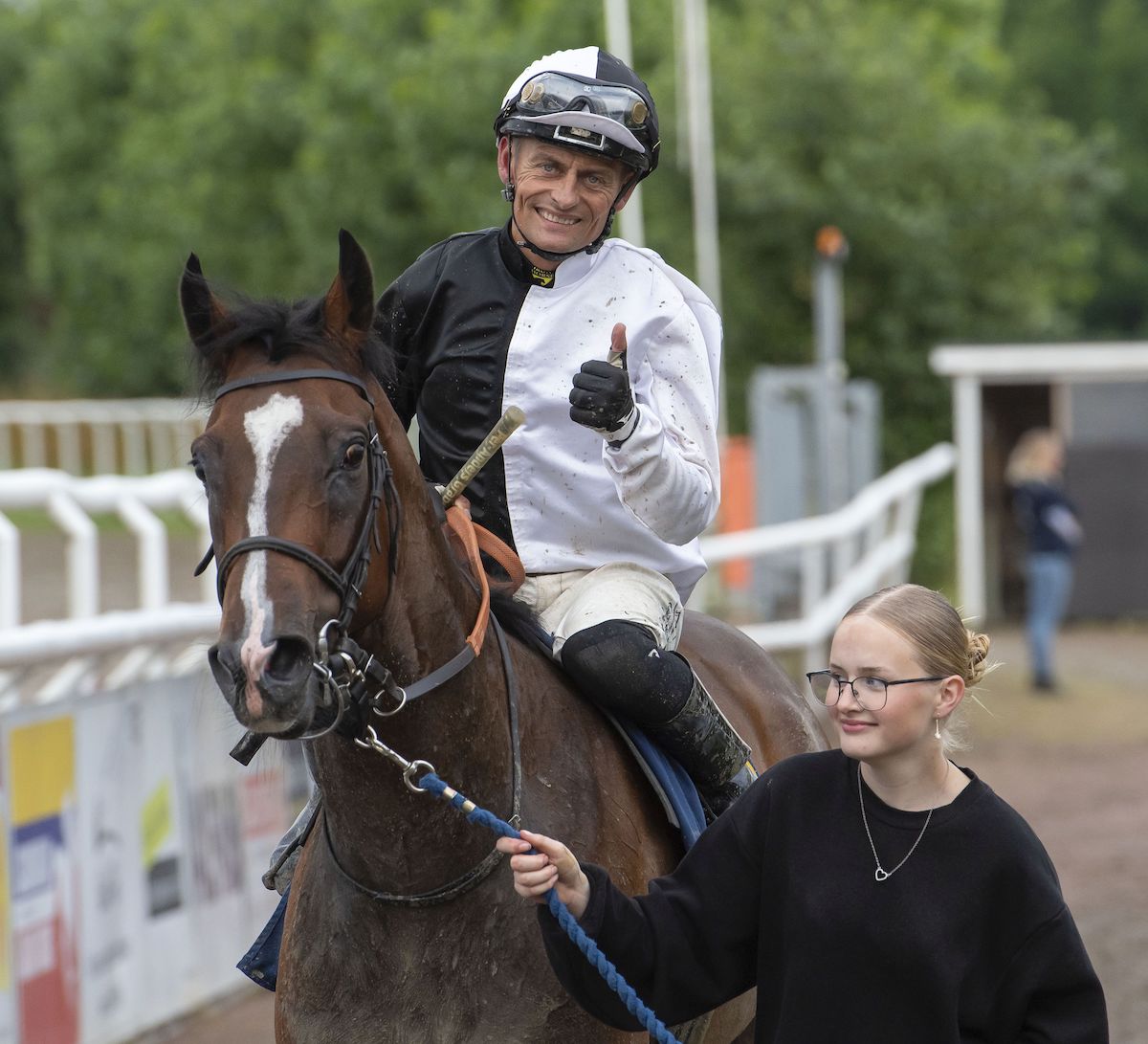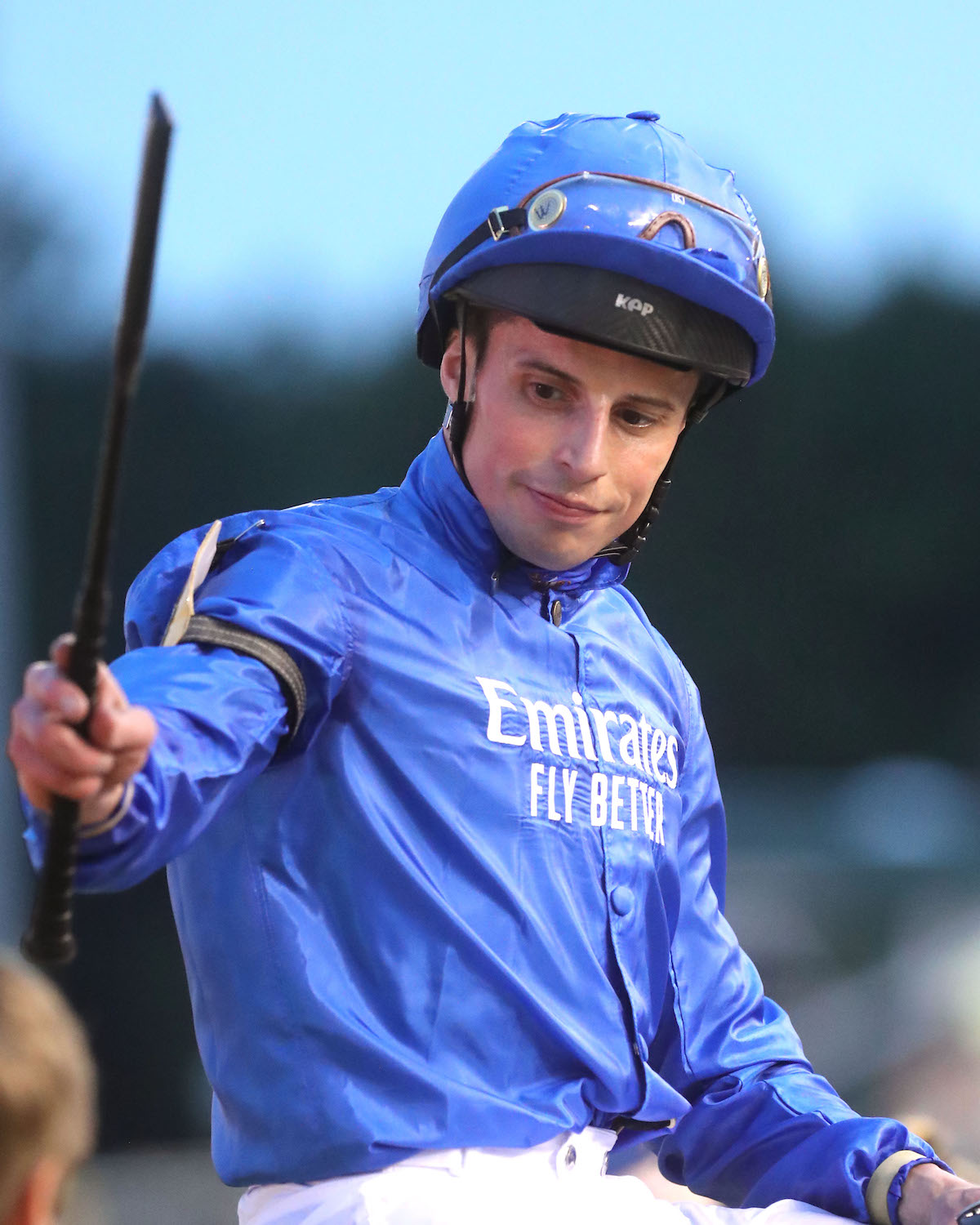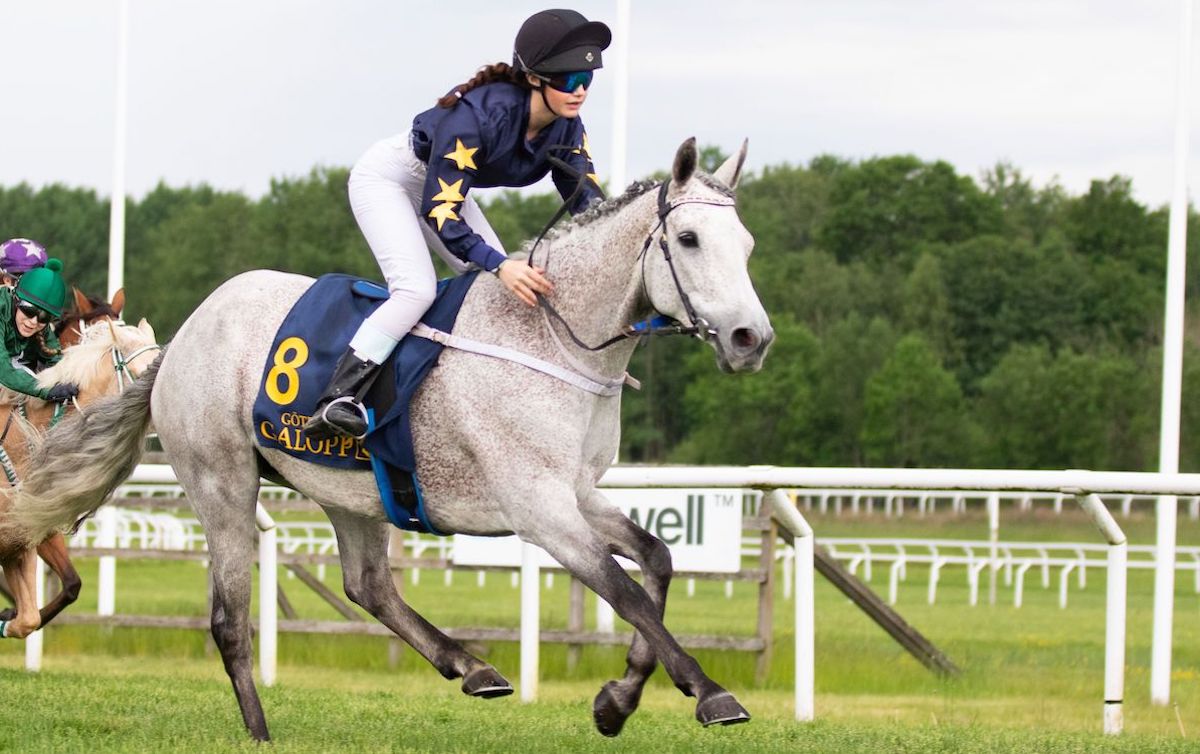
In Sweden, a race involving an under-18 jockey must be a non-wagering event, a regulation that has serious negative implications for the next generation of riders
 The spotlight will fall on Sweden when the Stockholm Cup international day takes place at Bro Park on Sunday [Sept 15], with a G3 contest and three Listed races headlining Scandinavian racing’s most important date. That spotlight will also draw attention to the local regulations that have important implications for the sport in general across the region.
The spotlight will fall on Sweden when the Stockholm Cup international day takes place at Bro Park on Sunday [Sept 15], with a G3 contest and three Listed races headlining Scandinavian racing’s most important date. That spotlight will also draw attention to the local regulations that have important implications for the sport in general across the region.
Take, for example, a trainer from overseas wishing to book a jockey. The age of the jockey is the crucial factor, and if you think that the rule applies to veteran riders, those over a certain age, you’d be wrong. The issue lies at the other end of the scale.
The Scandinavian circuit embraces riders up to the age of 70, but for the last few years Swedish racing has had to comply with the regulation that races with participants under the age of 18 must be non-wagering events.
This is not something the ruling body Svensk Galopp would allow to happen when it comes to Pattern races, so if a trainer has an excellent apprentice aged 17 – even if it’s a talent such as Billy Loughnane, who was champion on the all-weather circuit in Britain at that age – such a young rider won’t be accepted on the big day.
This restriction was brought in by Spelinspektionen – the local Gambling Commission – in Sweden three years ago, and this year a ban on betting on steeplechases was also introduced.
These changes have had quite an impact on Thoroughbred racing, not just in Sweden but also in Denmark and Norway, owing to a joint Scandinavian Tote arrangement in the three nations.Each has a Tote monopoly, but not without competition from bookmakers based overseas.
Spelinspektionen has ruled that no bets can be placed on races if an under-18 rider is involved. The commission wants to counter the risk that young jockeys will be approached by bookmakers or gamblers offering financial rewards for stopping horses.
Easily influenced
The reasoning goes that young athletes can be more easily influenced by people involved in match-fixing, something that has been a problem in football, ice hockey and other sports in Scandinavia. The scope of this brief has been enlarged to avoid possible r ace-fixing.
ace-fixing.
The difference between betting on racing and betting on other sport is that in racing the only betting is on the actual outcome of the event; the Tote offers win, place, exacta and trifecta betting, plus horizontal exotics like Pick 4, Pick 5, Pick 6, but there is no match betting.
In football, bets on the outcome of the match are accepted, but wagers on young players in in-play markets such as first goalscorer, free-kicks etc are not permitted.
Flat racing in Scandinavia now faces a challenge when it comes to recruiting young riders, for many of the region’s best jockeys have come through the ranks after being given a chance at a young age, such as Per-Anders Gråberg, champion jockey ten times in Sweden.
“I rode my first race at 17 and my first winner at 18,” says Gråberg. “In a career spanning 30 years I have been approached by people who wanted to get a horse stopped just three or four times.
“That’s from well over 15,000 rides, and so-called race-fixing simply isn’t a big problem in Swedish racing. I find the rule excluding riders under 18 from betting races a bit strange, and it’s not helping us recruit new talents.
 “So much is happening in a teenager’s life, they are exposed to lots of potential activities, and if they don’t get a chance to race-ride they can easily tire of the whole thing, drop out to do other stuff, switch to another sport.”
“So much is happening in a teenager’s life, they are exposed to lots of potential activities, and if they don’t get a chance to race-ride they can easily tire of the whole thing, drop out to do other stuff, switch to another sport.”
Terminal decline
Regarding the no-wagering rule on jump races, the reasoning behind the move is that steeplechasers sustain more injuries and their races create a negative image of equestrian sport. The ruling increases the likelihood that jump racing will experience a terminal decline in Sweden.
Those with memories of trips to Stockholm to attend Cup days in the past will recall the enjoyment of an entertaining mixed fixture.
Not only did Taby racecourse, which was closed in 2016, put on a show with its best Flat races – from valuable juvenile contests on turf and dirt to the historic Stockholm Cup International – plus two prestigious jump races, the HM Konungens Pris (King’s Trophy) over fences and the HM Drottningens Pris (Queen’s Trophy) over hurdles. A diminished version of these races appear at Bro Park on Sunday, with five runners in each.
Swedish Grand National day, one of the most popular racing fixtures in Scandinavia, was this year staged with six Flat races plus the Champion Hurdle and the Grand National (both without betting). Because the National is now a non-wagering event, it was not given terrestrial television coverage by ATG (the state-run Tote).
As the Totes in the three Scandinavian nations have a common pool, any regulations in Sweden also affect the betting menus in Denmark and Norway.
The Scandinavian Totes also offer pool betting on races in Britain, France, the US and Canada, but for these jurisdictions steeplechases have been removed from the menu – although attempting to police whether a Flat race abroad includes a rider under the age of 18 is obviously more difficult.
 Svensk Galopp does arrange a few amateur Flat races for riders under 18, all without wagering, and there is an active pony racing circuit in Sweden.
Svensk Galopp does arrange a few amateur Flat races for riders under 18, all without wagering, and there is an active pony racing circuit in Sweden.
Novalie Andersson is 15 and a potential rising star of the sport, a very talented pony-racer who is joint-leader in the Fegentri Junior standings – but under the regulations she cannot ride under rules in Sweden until she is 18.
Many who work with these young riders fear that they will become frustrated by this age restriction.
Dim view
Espen Ski, six-time Norwegian champion jockey and now a coach for amateur riders and pony riders at Øvrevoll racecourse, got started at a very young age, partnering his first winner at 14. He takes a dim view of the move.
“I think it is a big negative for the sport to make young riders wait until they are 18 before they can ride in races,” he says. “Good pony riders are ready for it at a much earlier stage, and racing is like any sport, you will never reach the top if you don’t start young.
“I remember that when I was 20 I was riding out with an 11-year-old kid who was competing in pony races – his name is William Buick, and we all know what he has gone on to achieve. He is a unique talent, but much of his success has been down to great support when he was young, and that’s what we need to focus on.
“Youngsters need proper coaching, good support, and to be given opportunities rather than facing obstacles slowing their learning process down.”
The example of William Buick is a pertinent one. Scandinavian racing is in danger of losing its next Buick, its next Gråberg, its next Ski, if rules brought in to protect youngsters have the unintended knock-on effect of persuading them that greater opportunities may lie in a move abroad.
And that’s before we consider the potential future – or lack thereof – for jump racing …
• View previous articles in our View from the Rail series
• Visit the Swedish Horse Racing website
View the latest TRC Global Rankings for horses / jockeys / trainers / sires


